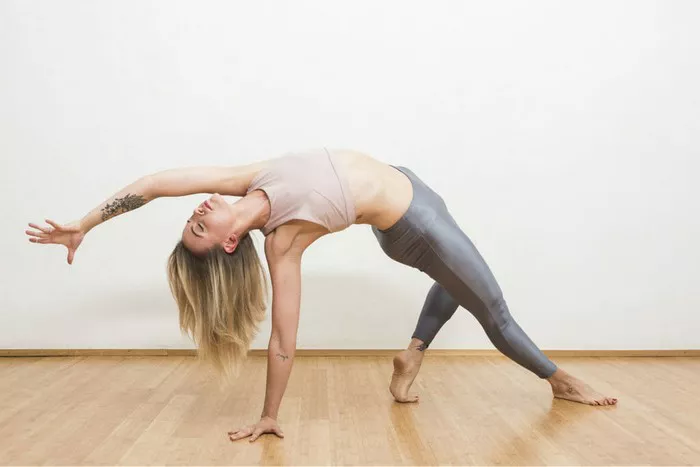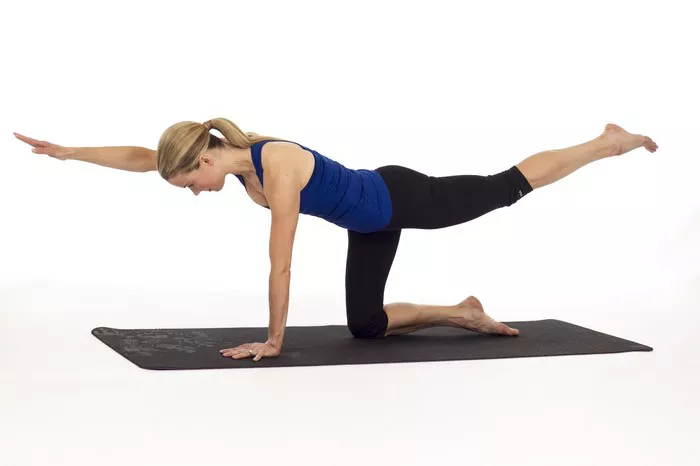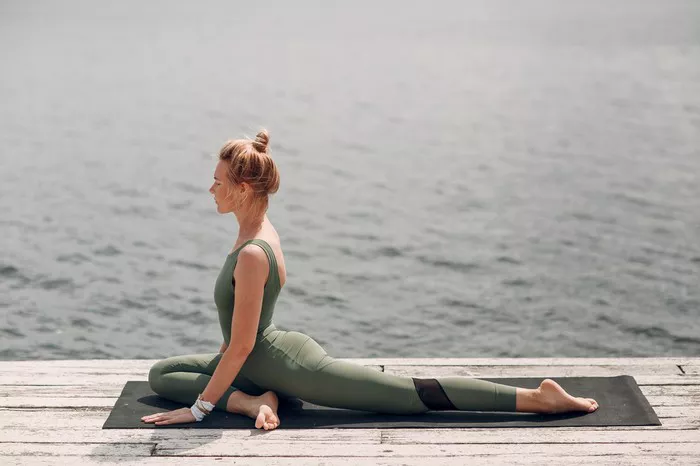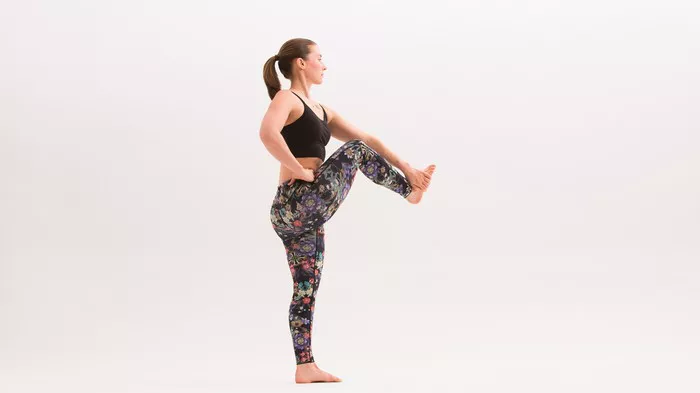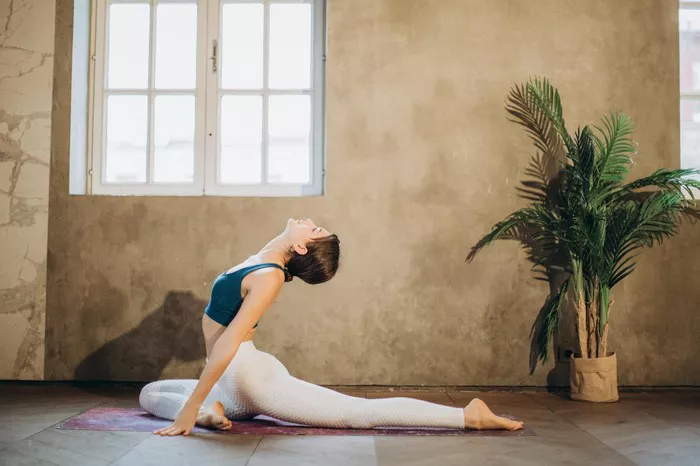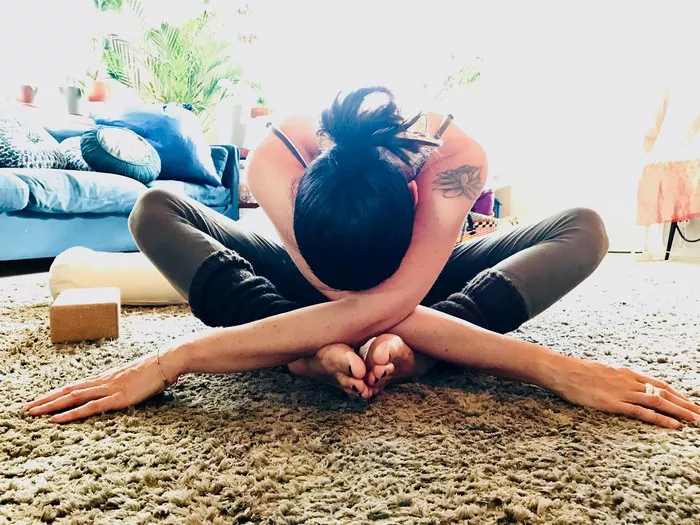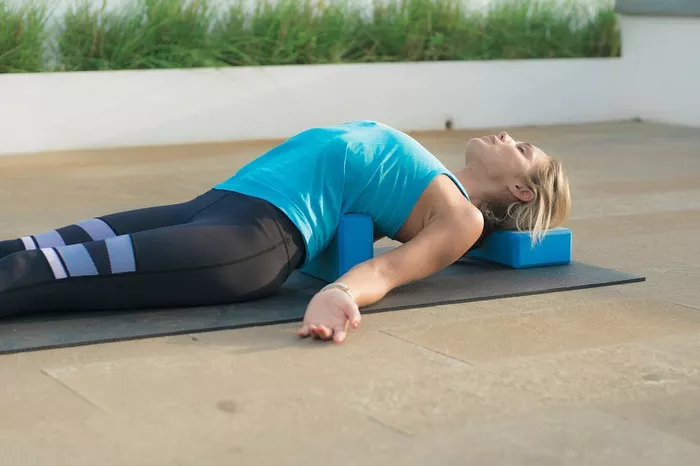In the realm of yoga, there exists a multitude of styles and practices, each offering its own unique approach to physical, mental, and spiritual well-being. Among these diverse methodologies, dynamic yoga emerges as a powerful and transformative practice, captivating practitioners with its emphasis on fluid movement, breath awareness, and energetic flow. In this article, we delve into the essence of dynamic yoga, exploring its origins, principles, benefits, and how it fosters a deeper connection between mind, body, and spirit.
Origins and Evolution
Dynamic yoga, often referred to as vinyasa or flow yoga, traces its roots back to ancient Indian traditions, where it was cultivated as a dynamic expression of the timeless principles of yoga. The term “vinyasa” itself derives from the Sanskrit words “vi,” meaning “in a special way,” and “nyasa,” meaning “to place.” Together, they encapsulate the notion of intentionally linking movement with breath, creating a seamless and harmonious flow.
While traditional yoga forms such as Hatha and Kundalini laid the foundation for physical postures (asanas) and breath control (pranayama), dynamic yoga emerged as a modern interpretation, blending classical teachings with contemporary innovation. Influential figures like Krishnamacharya and his disciples, including B.K.S. Iyengar and Pattabhi Jois, played pivotal roles in popularizing dynamic yoga through their pioneering efforts to adapt ancient practices to meet the needs of modern practitioners.
Principles of Dynamic Yoga
At the heart of dynamic yoga lies a set of core principles that guide its practice and philosophy:
1. Breath Awareness: Central to dynamic yoga is the synchronicity of breath and movement. Practitioners are encouraged to cultivate a conscious awareness of the breath, using it as a guiding force to transition seamlessly between poses. By anchoring each movement to the rhythm of the breath, practitioners cultivate mindfulness and presence, fostering a deeper connection to the present moment.
2. Fluid Movement: Unlike static yoga practices where poses are held for extended periods, dynamic yoga emphasizes continuous movement, flowing from one pose to the next with grace and fluidity. This dynamic sequencing not only builds strength, flexibility, and endurance but also cultivates a sense of flow, enabling practitioners to move with greater ease and efficiency both on and off the mat.
3. Intelligent Sequencing: Dynamic yoga sequences are thoughtfully crafted to create a balanced and cohesive practice experience. Poses are sequenced in a purposeful manner, with each posture preparing the body for the next while ensuring a safe and effective progression. This intelligent sequencing not only optimizes physical benefits but also promotes a holistic integration of mind, body, and breath.
4. Creative Expression: Dynamic yoga encourages practitioners to explore and express themselves authentically through movement. While there are established sequences and poses, there is also room for creativity and experimentation, allowing individuals to adapt the practice to suit their unique needs and preferences. This creative freedom fosters a sense of empowerment and self-discovery, inviting practitioners to tap into their inner wisdom and intuition.
5. Mindfulness and Presence: Beyond the physical aspects, dynamic yoga invites practitioners to cultivate mindfulness and presence both on and off the mat. By anchoring attention to the breath and the sensations of the body, practitioners cultivate a state of heightened awareness, enabling them to observe thoughts, emotions, and sensations with equanimity. This mindfulness practice extends beyond the confines of the yoga mat, empowering practitioners to navigate life’s challenges with greater clarity, resilience, and ease.
Benefits of Dynamic Yoga
The practice of dynamic yoga offers a myriad of benefits that extend beyond the physical realm:
1. Improved Strength and Flexibility: Dynamic yoga sequences target all major muscle groups, helping to build strength, flexibility, and endurance. By moving dynamically through a variety of poses, practitioners develop functional strength and mobility, enhancing overall physical performance and resilience.
2. Enhanced Mental Clarity and Focus: The synchronized movement and breath in dynamic yoga cultivate a state of focused attention, sharpening mental clarity and concentration. Regular practice helps to quiet the fluctuations of the mind, reducing stress and anxiety while promoting a sense of inner calm and tranquility.
3. Stress Reduction and Relaxation: Dynamic yoga serves as a powerful antidote to the stresses of modern life, offering a sanctuary for relaxation and rejuvenation. The rhythmic flow of movement and breath induces a state of deep relaxation, triggering the body’s relaxation response and promoting a sense of peace and well-being.
4. Increased Energy and Vitality: Through the dynamic interplay of breath and movement, dynamic yoga revitalizes the body’s energy systems, promoting circulation, oxygenation, and vitality. Regular practice leaves practitioners feeling energized, invigorated, and alive, ready to embrace the challenges of daily life with renewed vigor and enthusiasm.
5. Emotional Balance and Resilience: Dynamic yoga provides a safe and supportive space for emotional exploration and healing. By cultivating mindfulness and self-awareness, practitioners learn to navigate their inner landscape with compassion and resilience, developing greater emotional intelligence and equanimity in the face of life’s ups and downs.
Integrating Dynamic Yoga into Daily Life
While dynamic yoga is often practiced in a studio setting, its principles can be applied to everyday life, transforming mundane activities into mindful moments of presence and flow. Whether it’s walking, cooking, or sitting at a desk, integrating breath awareness and fluid movement can infuse even the simplest tasks with a sense of grace and vitality.
Additionally, cultivating a regular home practice can deepen one’s connection to dynamic yoga, allowing for greater flexibility and customization to individual needs and schedules. With the proliferation of online resources and virtual classes, practitioners have unprecedented access to a wealth of dynamic yoga offerings, making it easier than ever to maintain a consistent practice from the comfort of home.
Conclusion
In a world characterized by constant change and uncertainty, dynamic yoga offers a sanctuary of stability and serenity, inviting practitioners to cultivate presence, flow, and resilience in the face of life’s challenges. Through its emphasis on breath awareness, fluid movement, and mindful presence, dynamic yoga serves as a potent tool for holistic well-being, fostering harmony and balance in mind, body, and spirit. As we journey through the dynamic currents of life, may we continue to unlock the transformative power of dynamic yoga, cultivating greater awareness, vitality, and joy with each breath and each step along the way.
FAQs:
What is the difference between yoga and dynamic yoga?
Yoga and dynamic yoga differ primarily in their approach and intensity. Traditional yoga encompasses a wide range of practices aimed at achieving mental, physical, and spiritual well-being through postures (asanas), breathing techniques (pranayama), and meditation. It often emphasizes holding poses for longer durations, focusing on alignment and mindfulness. Dynamic yoga, on the other hand, incorporates fluid movements and sequences that flow dynamically from one pose to another. It tends to be more physically demanding and can include elements of cardiovascular exercise. While both forms promote flexibility, strength, and relaxation, dynamic yoga may offer a more vigorous workout experience.
Is Dynamic yoga for beginners?
Whether dynamic yoga is suitable for beginners depends on their fitness level, flexibility, and familiarity with yoga practice. While dynamic yoga can be accessible to beginners, it’s important for newcomers to approach it with caution and perhaps begin with gentler variations or modified poses. Beginners may benefit from starting with foundational yoga classes to build strength, flexibility, and understanding of basic postures before progressing to dynamic sequences. Additionally, seeking guidance from a qualified instructor who can provide modifications and ensure proper alignment is crucial for beginners to prevent injury and fully enjoy the practice.
What is the difference between static and dynamic yoga poses?
Static and dynamic yoga poses differ primarily in their approach to movement and muscle engagement. Static poses involve holding a position for an extended period without movement, allowing practitioners to focus on alignment, balance, and deepening the stretch or strengthening specific muscles. These poses promote stability, flexibility, and mindfulness. Dynamic poses, however, involve continuous movement through a sequence of postures, often synchronizing breath with movement. These poses may require more strength, agility, and coordination as practitioners transition fluidly from one pose to another, promoting cardiovascular health, muscle endurance, and improved circulation. Both static and dynamic poses offer unique benefits, and incorporating a combination of both into a yoga practice can provide a well-rounded experience catering to various physical and mental needs.

